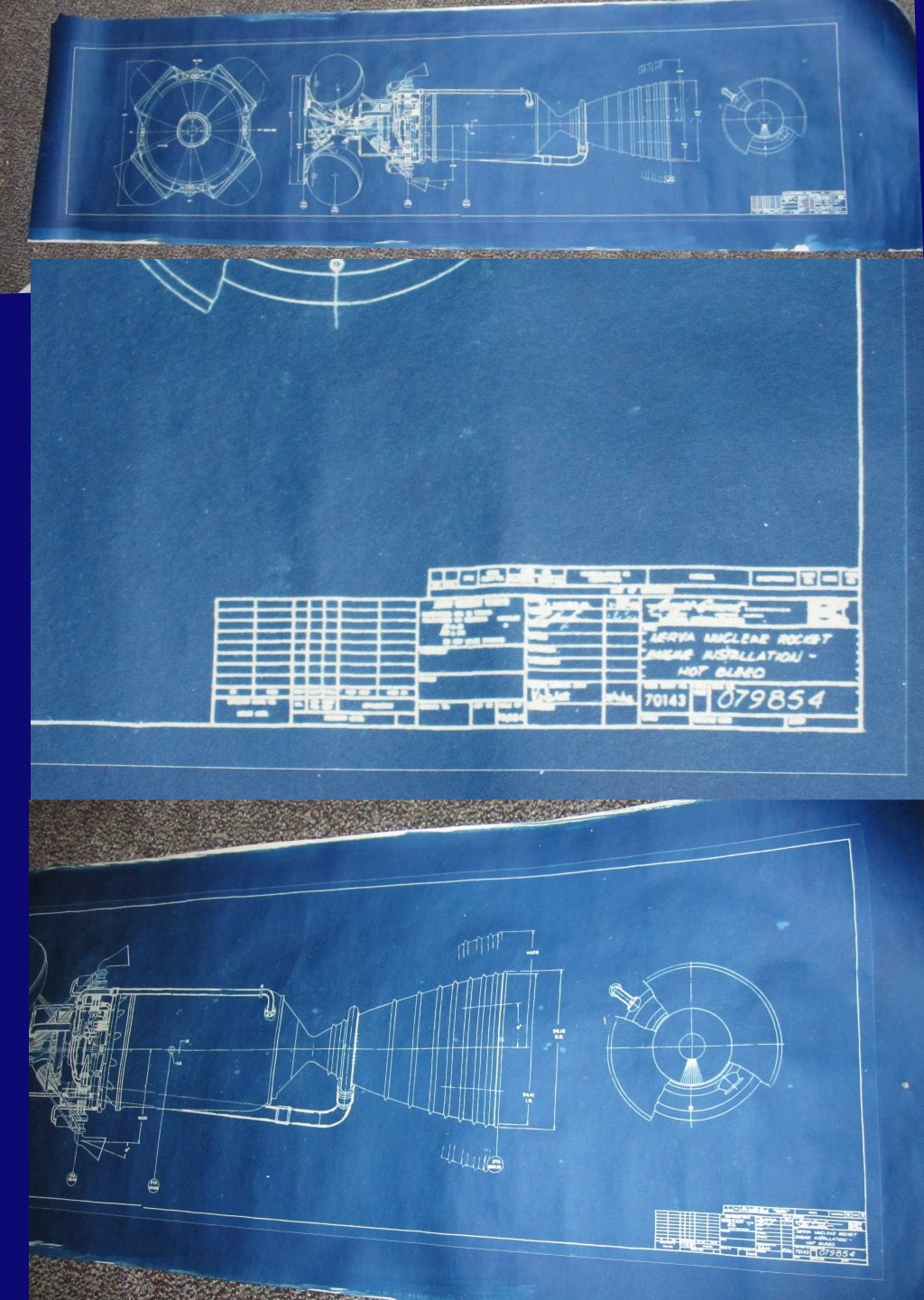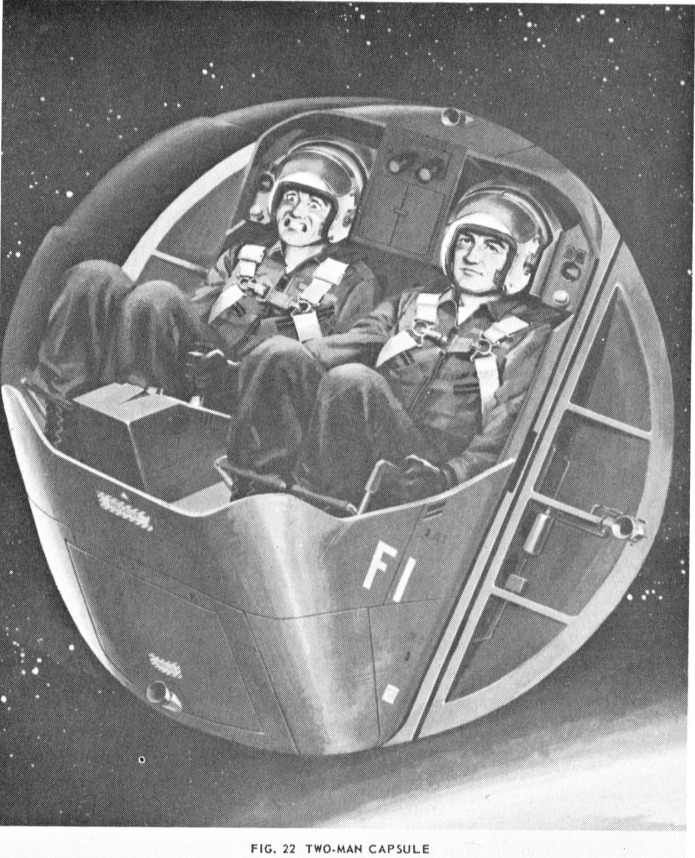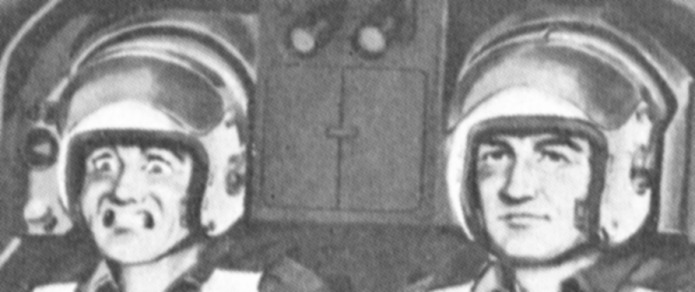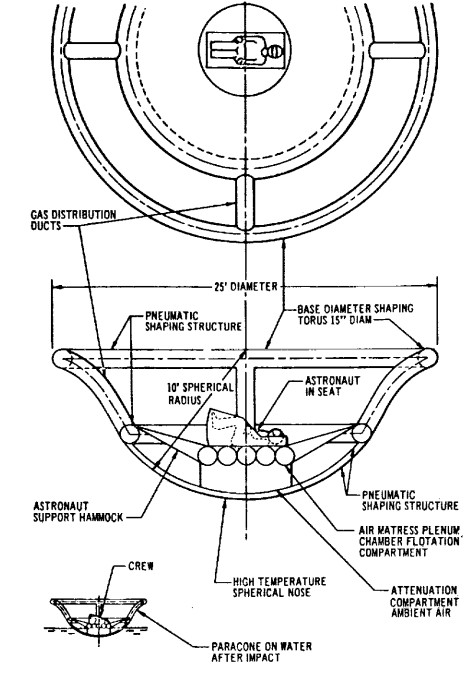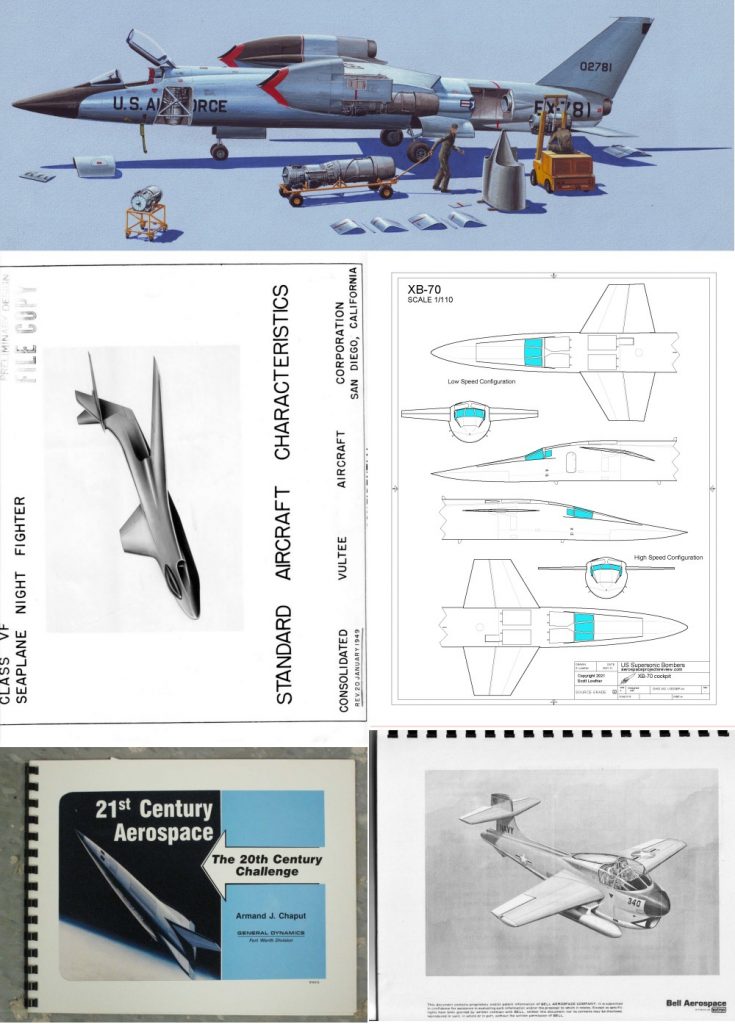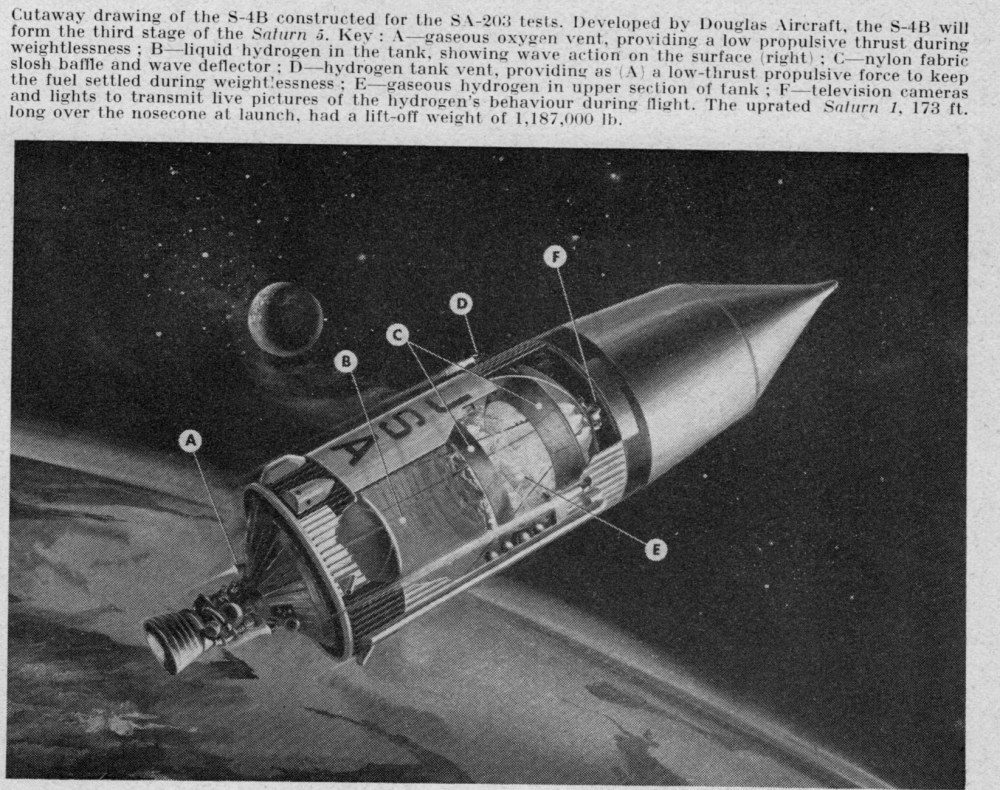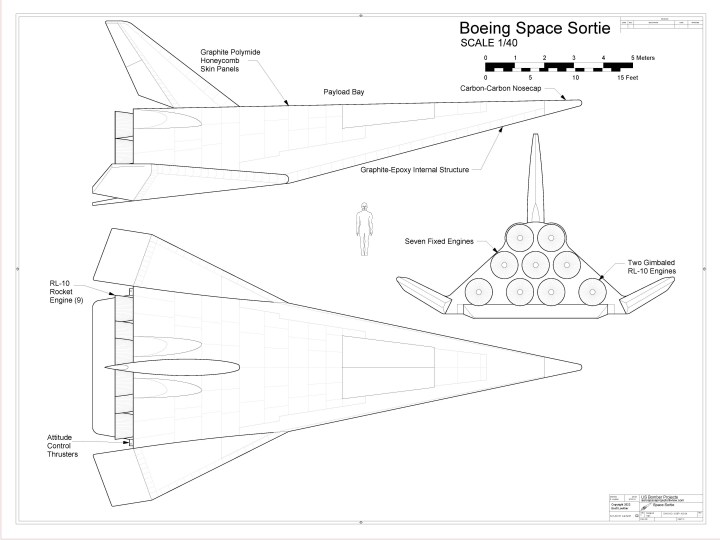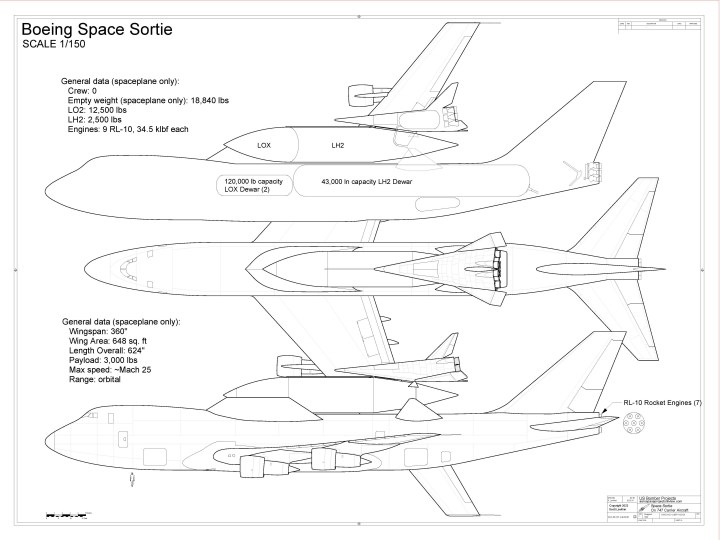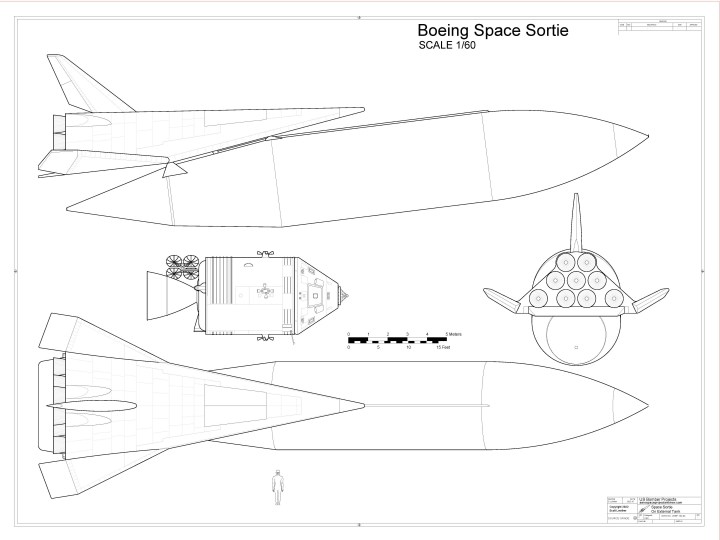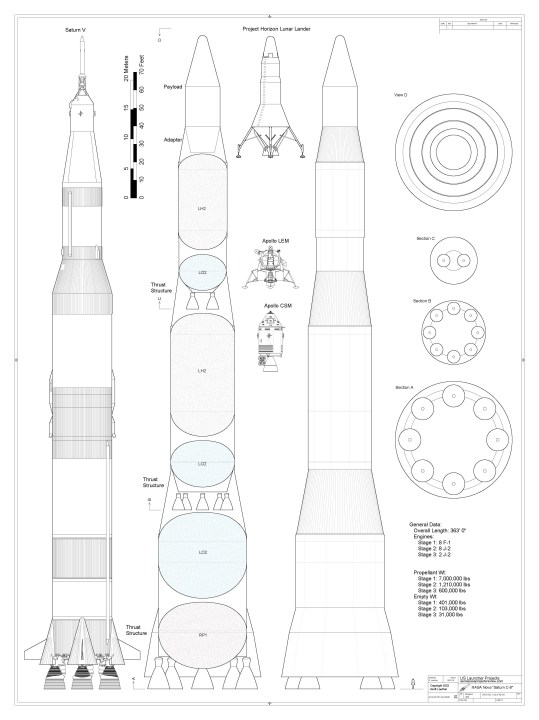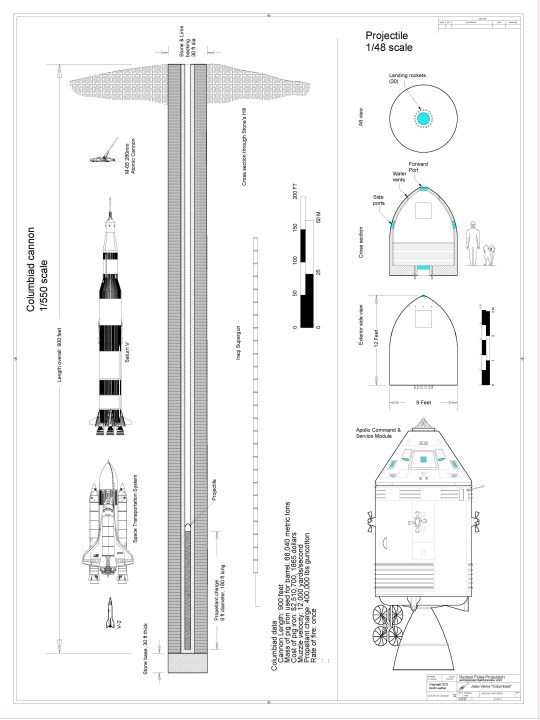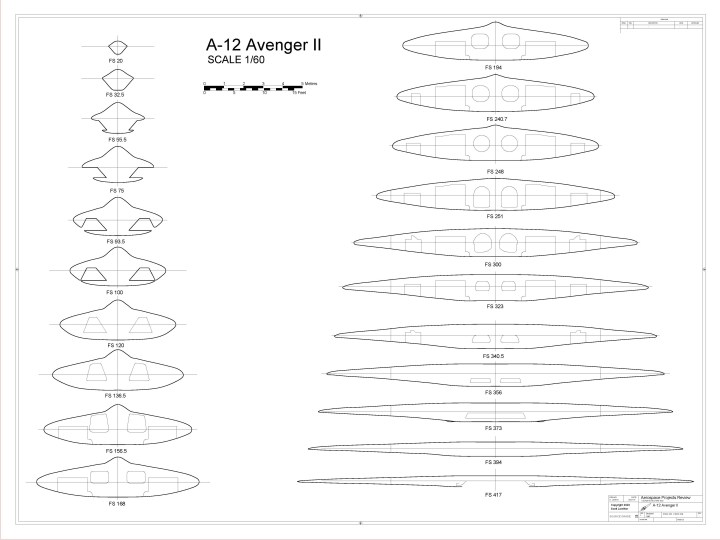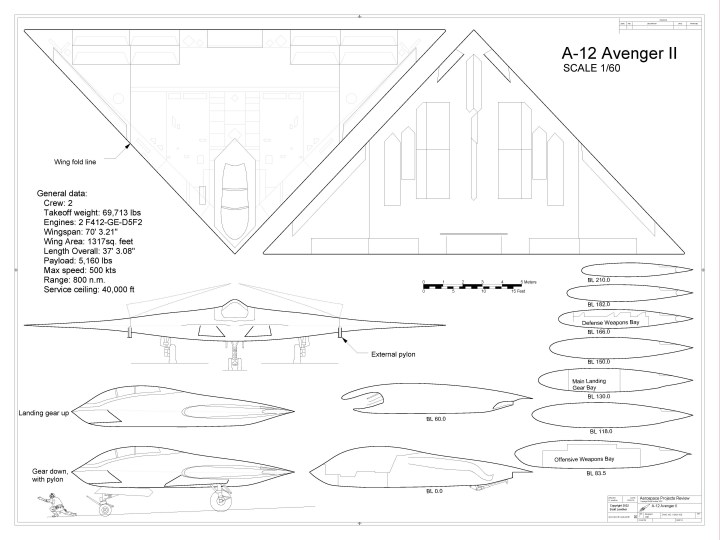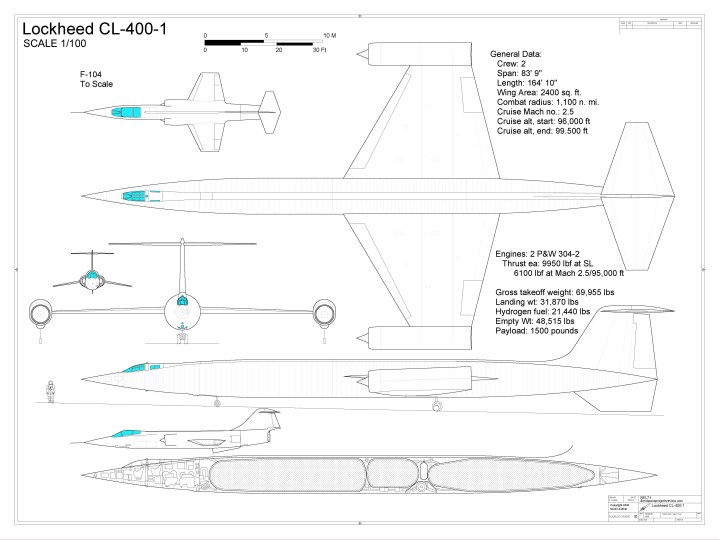My third book, “US Supersonic Bomber Projects Vol 1” is, as I understand it, somewhere between “being printed” and “being shipped.” I am thus hard at work on Volume 2. I had hoped to also do a Volume 3, but that is unlikely: Volume 3 would be “Space Bombers.” However, apparently the market for “space” is nothing like what it is for “aviation,” so the idea has been nixed. There is official interest in several other works I’ve planned, so properly published books seem likely to continue for some time.
That said: while the market for “space” is less than the market for “aviation,” my own interest in the two is about equal. And I would be happy to sell works at a number substantially lower than a professional, proper publisher would. A publisher would have books on bookstore or grocery store shelves, while I would only sell from my little website. And if I’m not incredibly stupid about it (no guarantee of that, of course), a self-published book would, theoretically, bring in more on a per-book basis than one done through a publisher. So I’m contemplating something like a Kickstarter for “Space Bombers.”
As currently laid out, this book would be almost overwhelmingly “The Book Of Dyna Soar,” as the bulk of (available) American space-based bombardment studies revolved around that program. However, it would extend well beyond Dyna Soar, including Orion and other strategic orbital weapons systems studied back in the sixties, on up through much more recent studies including aerospaceplanes and bombers based on the X-33/Venturestar/RLV studies. Being self published I would not be locked into a set page count and, perhaps, could include foldouts and perhaps more color art (depending on funding). This could be released as both an Ebook and a softcover… and, depending on length, a hardback. Other “extras” could include 18X24 or 24X36 prints of diagrams, perhaps on something like mylar.
I am *far* from setting up a Kickstarter for this. I’ve seen a lot of people get *really* mad about funding this or that project and then watching it slip far behind schedule, so I wouldn’t even start a crowdfunding campaign until it was substantially complete. There are a number of topic areas that I really want to delve into more deeply via FOIA and whatnot, a process that has become far more troublesome in recent years. At this point it’s in the “this is an idea to think about” stage. But I am interested in any input on the subject… thoughts on crowdfunding, ideas about subjects to add and, as always, input of documentation on the topic that you might have that you think I may not.



















